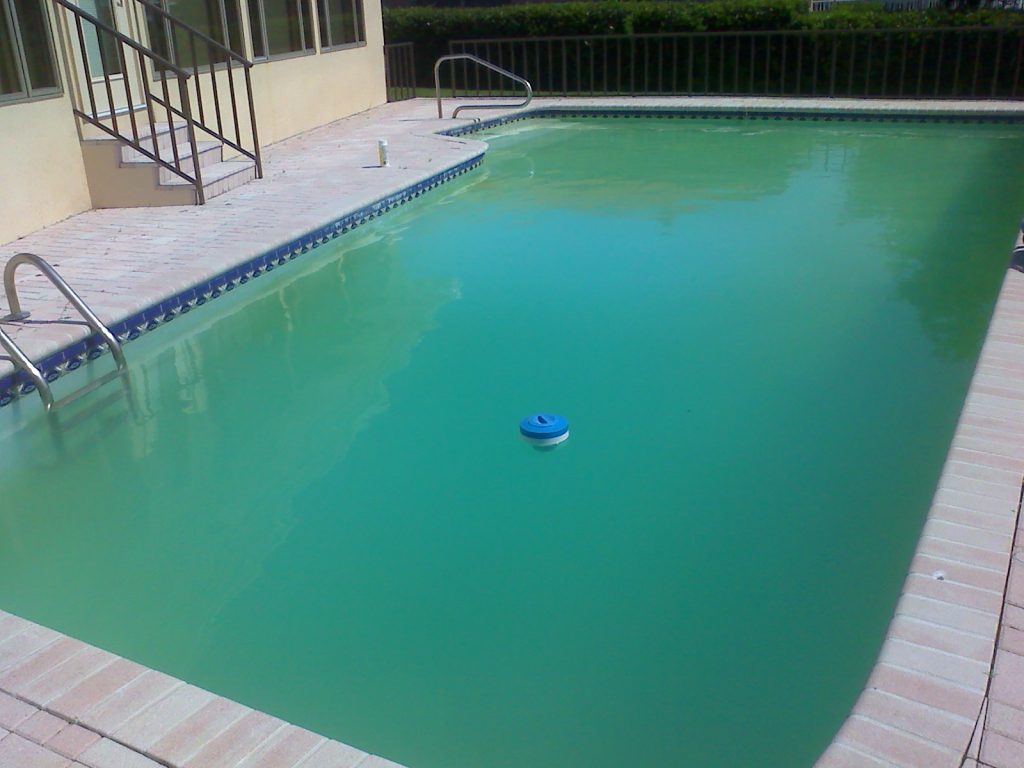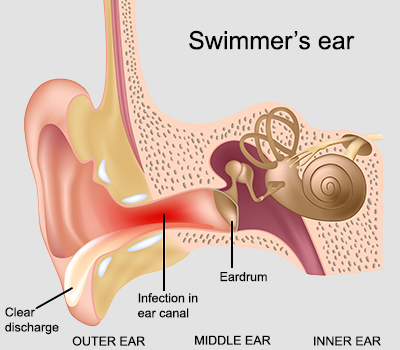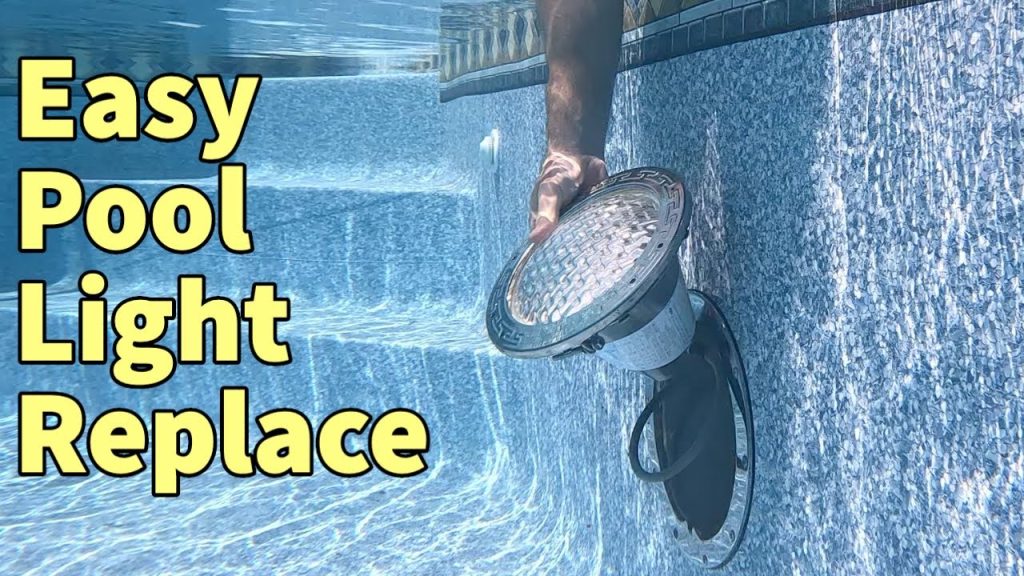To clear cloudy swimming pool water, you need to address the cause. This can be done through proper maintenance and treatment.
Cloudy pool water can be frustrating. It not only looks unappealing but can also be unhealthy. There are many reasons why your pool water might become cloudy. Common causes include poor filtration, imbalanced chemicals, and contaminants. Regular maintenance can prevent most of these issues.
Sometimes, though, you need extra steps to restore clarity. This guide will help you understand the causes and solutions. By following these steps, you can enjoy a crystal-clear pool again. Dive in to learn how to keep your pool water sparkling clean and inviting.

Credit: deependpools.co.uk
Identify The Cause
Clearing cloudy swimming pool water starts with identifying the cause. Knowing why your pool is cloudy helps you choose the right solution. This process involves examining common causes and testing the pool water.
Common Causes
Cloudy pool water can result from several factors. Here’s a list of common causes:
- Algae Growth: Algae can make your pool water turn green and cloudy.
- Imbalanced Chemicals: Incorrect pH, chlorine, or alkalinity levels can cloud the water.
- Filtration Issues: A dirty or malfunctioning filter can’t clean the water properly.
- Debris and Contaminants: Leaves, dirt, and other debris can make the water look cloudy.
- High Calcium Hardness: Excess calcium in the water can create a cloudy appearance.
Testing Pool Water
Testing your pool water is crucial. It helps you understand the exact problem. Follow these steps to test your pool water:
- Use a Testing Kit: Get a pool water testing kit. These kits are available at pool supply stores.
- Test for Key Chemicals: Measure chlorine, pH, alkalinity, and calcium hardness levels.
- Record Results: Write down your test results. Compare them to the recommended levels.
- Analyze the Data: Identify any imbalances or unusual readings.
Testing your pool water regularly helps maintain clarity. Ensure all levels are within the recommended ranges.

Credit: www.reddit.com
Proper Filtration
Maintaining a clear and clean swimming pool starts with proper filtration. The right filtration system ensures that debris, dirt, and contaminants are removed efficiently. This keeps your pool water sparkling and safe for swimming. Let’s explore the different types of filters and essential maintenance tips to keep your pool water pristine.
Filter Types
There are three main types of pool filters, each with unique advantages:
| Filter Type | Advantages | Disadvantages |
|---|---|---|
| Sand Filters | Easy to maintain, affordable | Less efficient, frequent backwashing |
| Cartridge Filters | Efficient, low maintenance | Higher initial cost, regular cleaning required |
| Diatomaceous Earth (DE) Filters | Most effective, superior filtration | Expensive, complex maintenance |
Maintenance Tips
Regular maintenance of your pool filter is crucial. Follow these tips to ensure your filter operates at its best:
- Check the pressure gauge: A high reading indicates the need for cleaning.
- Backwash sand and DE filters: Do this once the pressure gauge rises 8-10 psi above normal.
- Clean cartridge filters: Remove and rinse the cartridges with a hose every month.
- Inspect the filter media: Replace sand every 5 years, DE powder every season, and cartridges every 1-2 years.
- Monitor water clarity: Cloudy water suggests the filter needs attention.
By understanding filter types and following these maintenance tips, you can ensure your pool stays crystal clear and inviting.
Chemical Balance
Maintaining the chemical balance of your swimming pool is crucial for clear water. An imbalance can lead to cloudy water, which is not only unsightly but also unhealthy. Below are key factors to keep in mind.
Ph Levels
Monitoring the pH levels of your pool water is vital. The ideal range is between 7.2 and 7.6. A pH level outside this range can cause cloudiness. You can test the pH levels using a pool test kit.
If the pH is too high, add a pH reducer. If it is too low, add a pH increaser. Always follow the instructions on the product label for the best results.
Sanitizers And Chlorine
Sanitizers such as chlorine are essential for killing bacteria and algae. The recommended chlorine level is between 1 and 3 parts per million (ppm). Regularly test your pool water to ensure the chlorine levels are within this range.
| Sanitizer Type | Recommended Level |
|---|---|
| Chlorine | 1-3 ppm |
| Bromine | 3-5 ppm |
Low chlorine levels can cause cloudy water. Add chlorine to the pool according to the instructions on the product label. High chlorine levels can also be problematic. If the chlorine level is too high, allow the pool to sit without adding more until the levels decrease.
Shock Treatment
Cloudy swimming pool water can ruin your swimming experience. One effective solution is shock treatment. Shocking your pool involves adding a large dose of chlorine to eliminate contaminants. This treatment ensures your pool water stays clear and safe for swimming. Let’s dive into the details of when and how to shock your pool.
When To Shock
Knowing when to shock your pool is crucial for maintaining clear water. Here are some situations that call for a shock treatment:
- After heavy rain
- Following a pool party
- When you notice cloudy water
- After detecting algae growth
- When chlorine levels drop below 1 ppm
Regularly checking your pool’s chlorine levels helps you determine the right time to shock.
How To Shock
Shocking your pool involves a few simple steps. Follow this process to ensure effectiveness:
- Test the water: Use a test kit to check the chlorine and pH levels.
- Choose the right shock product: Select a shock product that suits your pool type.
- Calculate the dosage: Follow the product instructions to determine the correct amount.
- Mix the shock: Dissolve the shock powder in a bucket of water.
- Distribute evenly: Pour the mixture around the pool’s edge.
- Run the filter: Keep the filter running for at least 8 hours.
Always follow the product instructions for the best results.
Remember to keep swimmers out of the pool for the recommended time after shocking. This precaution ensures safety and allows the chemicals to work effectively.
Use Of Algaecides
Cloudy swimming pool water can be frustrating. One effective method to clear it is by using algaecides. Algaecides kill algae that cause cloudiness. They are easy to apply and provide quick results. Let’s explore the types of algaecides and how to use them properly.
Types Of Algaecides
There are different types of algaecides. Each targets specific algae types. The most common ones are copper-based, quaternary ammonia-based, and polyquats.
Copper-based algaecides are effective against most algae. They are long-lasting but can stain the pool. Quaternary ammonia-based algaecides, also called quats, are less expensive. They foam and are best for light algae problems. Polyquats are non-foaming and more effective. They cost more but are gentle on pool surfaces.
Application Methods
Applying algaecides correctly ensures clear water. First, follow the manufacturer’s instructions. Measure the correct amount based on your pool size. Next, pour the algaecide around the pool’s edges. This ensures even distribution. Run the pool pump for at least 24 hours. This helps the algaecide circulate and work effectively.
Regularly check your pool’s chemical balance. Keep the pH and chlorine levels within the recommended range. This prevents algae from returning. Repeat the algaecide treatment if needed. Consistent maintenance keeps your pool water clear and inviting.

Credit: www.homedepot.com
Preventive Measures
Ensuring your swimming pool water remains clear and inviting involves following some simple preventive measures. By incorporating regular maintenance routines and proper pool usage, you can prevent the common issue of cloudy water. Below, we break down these preventive steps into easily manageable actions.
Regular Cleaning
Regular cleaning is essential to maintain clear pool water. This involves skimming debris, brushing pool walls, and vacuuming the pool floor. Create a schedule to ensure consistency:
- Skim debris daily
- Brush walls twice a week
- Vacuum pool floor weekly
Additionally, clean or backwash your pool filter regularly. A clean filter helps in removing small particles and contaminants.
| Cleaning Task | Frequency |
|---|---|
| Skim Debris | Daily |
| Brush Walls | Twice a Week |
| Vacuum Floor | Weekly |
| Clean/Backwash Filter | Monthly |
Proper Pool Usage
Proper pool usage plays a significant role in keeping the water clear. Encourage pool users to follow these simple guidelines:
- Shower before entering the pool
- Avoid bringing food or drinks near the pool
- Do not allow pets in the pool
Additionally, monitor the number of swimmers. Overcrowding can lead to increased contaminants.
By following these preventive measures, you can maintain a clean and clear swimming pool effortlessly.
Professional Assistance
Sometimes, cloudy pool water can be a persistent problem. When DIY methods fail, it’s wise to seek professional assistance. Experts have the tools and expertise to diagnose and fix complex issues, ensuring your pool remains crystal clear.
When To Call A Professional
Recognizing when to call a professional is key. Here are some signs:
- Repeated cloudiness despite regular cleaning and treatment.
- Unusual smells or colors in the water.
- Frequent algae blooms.
- Malfunctioning pool equipment.
Professional help ensures a thorough inspection. They identify underlying problems, providing peace of mind.
Choosing The Right Service
Choosing the right service provider is crucial. Consider the following factors:
| Factor | Description |
|---|---|
| Experience | Look for companies with years of experience in pool maintenance. |
| Reviews | Check online reviews and ratings from previous clients. |
| Certifications | Ensure the professionals are certified and trained. |
| Services Offered | Choose a company that offers comprehensive pool services. |
| Cost | Compare prices but don’t compromise on quality. |
By considering these factors, you can select a reliable service. This ensures your pool remains in top condition.
Diy Solutions
Clearing cloudy swimming pool water can be a daunting task. But with some DIY solutions, you can make your pool sparkle again. These solutions are often simple, cost-effective, and use items you might already have at home. Let’s explore some easy-to-follow methods to clear that murky water.
Household Remedies
Many household items can help clear your pool water. These remedies are simple and use common items you likely have on hand.
- Baking Soda: Baking soda can balance the pH levels in your pool. Add 1.5 pounds of baking soda for every 10,000 gallons of water.
- Bleach: Use bleach as a disinfectant. Add about 1 gallon of bleach per 10,000 gallons of water. Be cautious not to overuse.
- Vinegar: Vinegar helps clear up algae. Add 1 quart of white vinegar for every 10,000 gallons.
Cost-effective Options
On a budget? These solutions won’t break the bank. They are easy to implement and very affordable.
- Pool Flocculant: Flocculant clumps small particles together. This makes it easier to vacuum them out. Follow the instructions on the package for best results.
- Pool Clarifier: Clarifier binds tiny particles into larger clumps. These clumps are then filtered out. Use 1 ounce of clarifier per 5,000 gallons of water.
- Filter Cleaning: Regularly clean your pool filter. A clean filter traps more debris and dirt.
By using these DIY solutions, you can keep your pool water clear and inviting. With minimal cost and effort, you’ll enjoy a sparkling pool in no time.
Frequently Asked Questions
What Causes Cloudy Pool Water?
Cloudy pool water is usually caused by imbalanced chemicals, poor filtration, or environmental factors like debris and algae. Regular maintenance can prevent this issue.
How Do You Clear Cloudy Pool Water Fast?
Use a pool clarifier or flocculant, ensure proper filtration, and balance the pool chemicals. Regular maintenance helps too.
Can Too Much Chlorine Make My Pool Cloudy?
Yes, excessive chlorine can react with contaminants, creating chloramines, which cause cloudiness. Always maintain proper chemical balance.
How Often Should I Test Pool Water?
Test your pool water at least twice a week. Regular testing ensures balanced chemicals and clear water.
Conclusion
Clearing cloudy pool water is easier than you might think. Follow these simple steps to keep your pool sparkling. Regular maintenance helps prevent future issues. Check your filters and chemicals often. A clean pool means more fun for everyone. Enjoy your clear, refreshing water.
Happy swimming!



